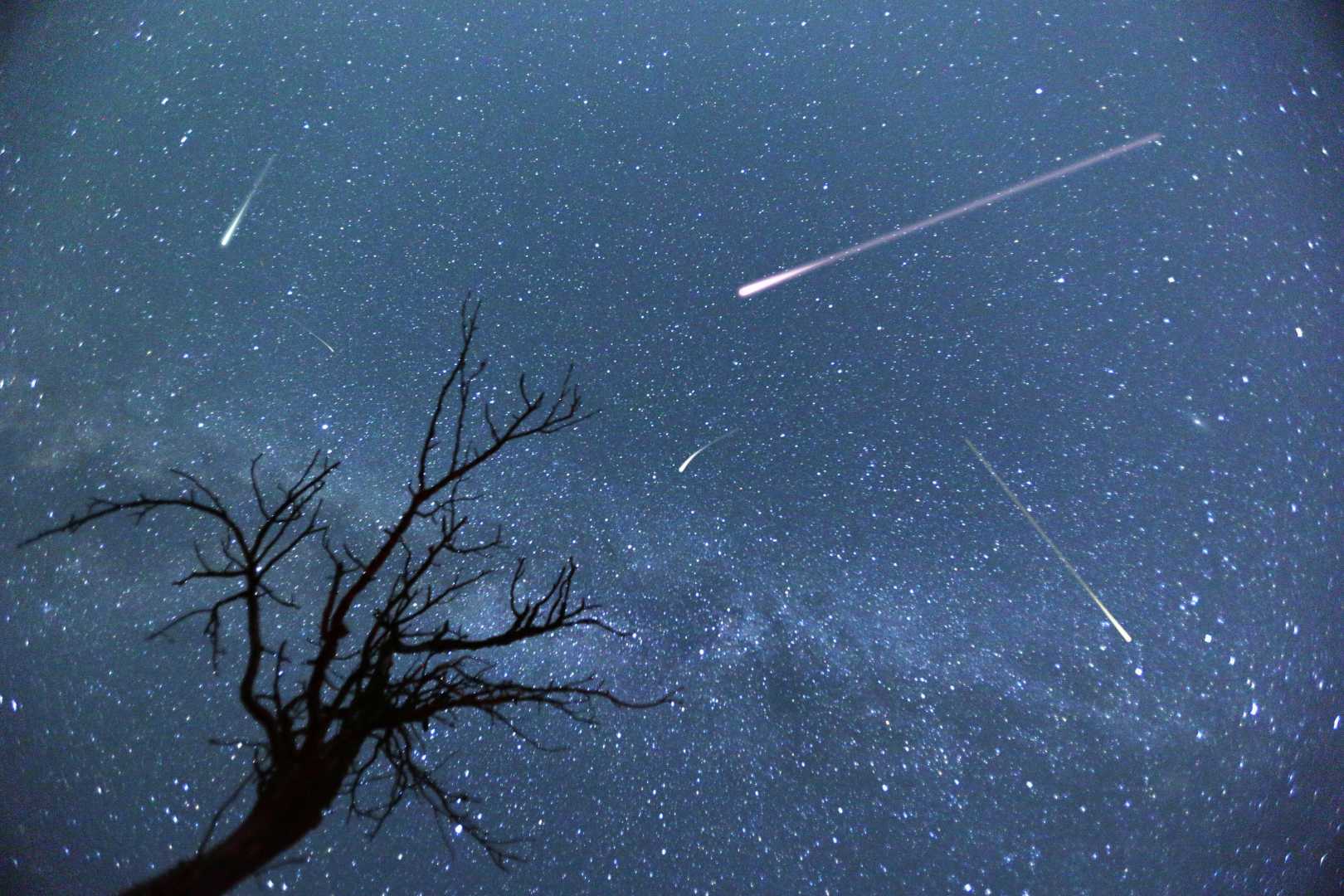News
Perseid Meteor Shower Peaks Amid Bright Moonlight

NEW YORK, NY — The Perseid meteor shower, renowned for its spectacular displays, will peak on the night of August 12-13, 2025. Despite this year’s exciting show, a nearly full moon poses a challenge for observers hoping to catch a glimpse of the shooting stars.
The Perseid meteor shower is active from mid-July until late August, typically producing around 75 meteors per hour under optimal conditions. This year, however, the moon will be approximately 84% illuminated, making fainter meteors difficult to see. According to meteorologist Jamie Carter, the best viewing time will be before midnight, especially since the moon won’t rise until later in the evening.
The Perseids are named after the constellation Perseus, from which they appear to radiate. Each year, Earth passes through debris left by the comet Swift-Tuttle, which causes the meteor shower. This comet, about 16 miles in diameter, last passed close to the sun in 1992 and won’t return until 2125.
For those eager to catch the show, astronomical twilight doesn’t begin until after 10:28 p.m. EDT on peak night, giving viewers only a short time before the moon rises. Astronomers recommend finding a location away from city lights, lying on your back, and allowing your eyes to adjust to the dark for 30-45 minutes.
Despite the interference from the moonlight, the Perseid shower should still offer a number of visible meteors during peak hours. Observers are advised to watch with their backs to the moon to increase their chances of spotting shooting stars as Perseus rises in the northeast.
With the exceptional activity and the potential for bright meteors, skywatchers should plan to observe this mesmerizing event, marking their calendars for a viewing opportunity that only comes around once a year.












